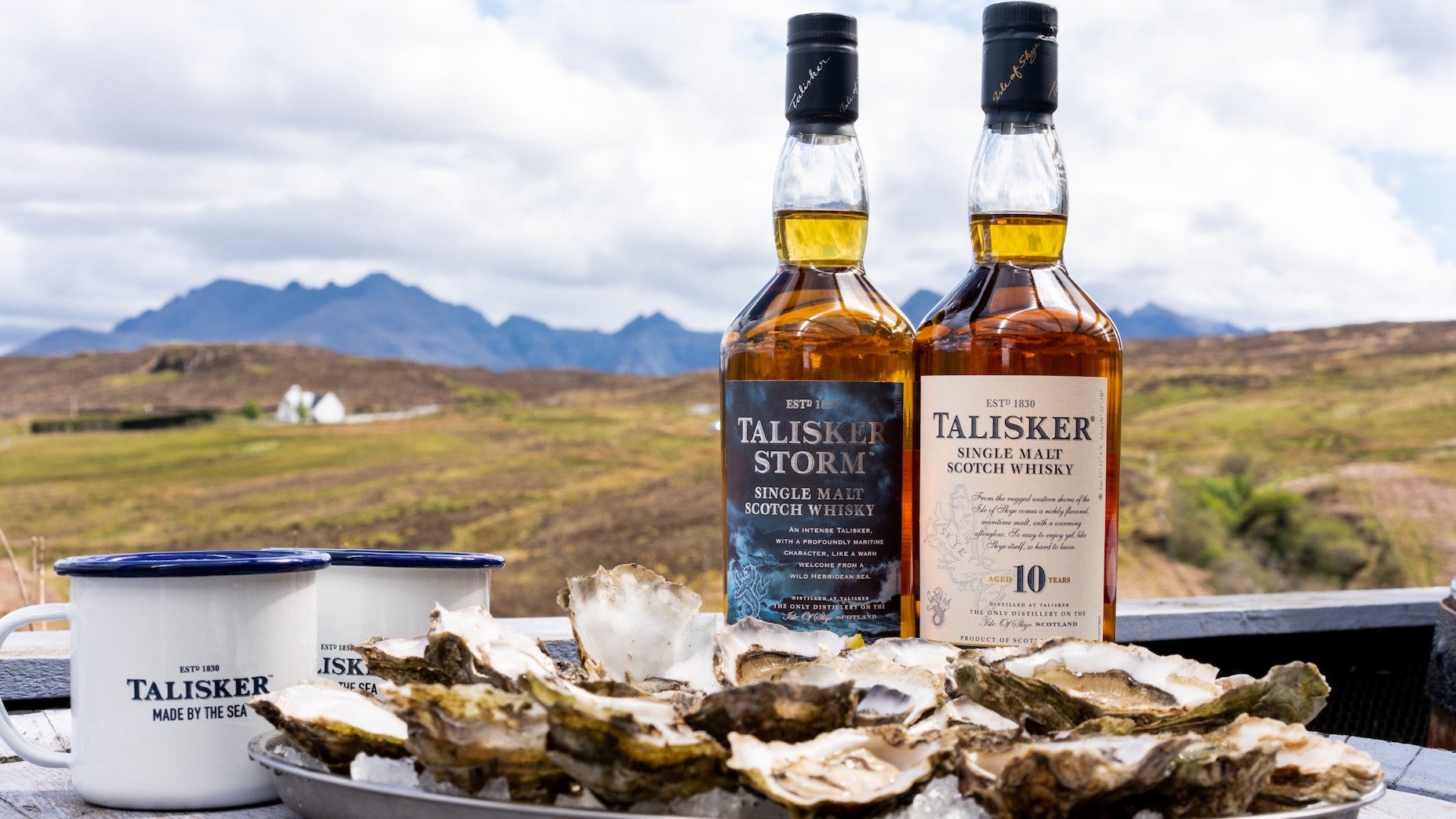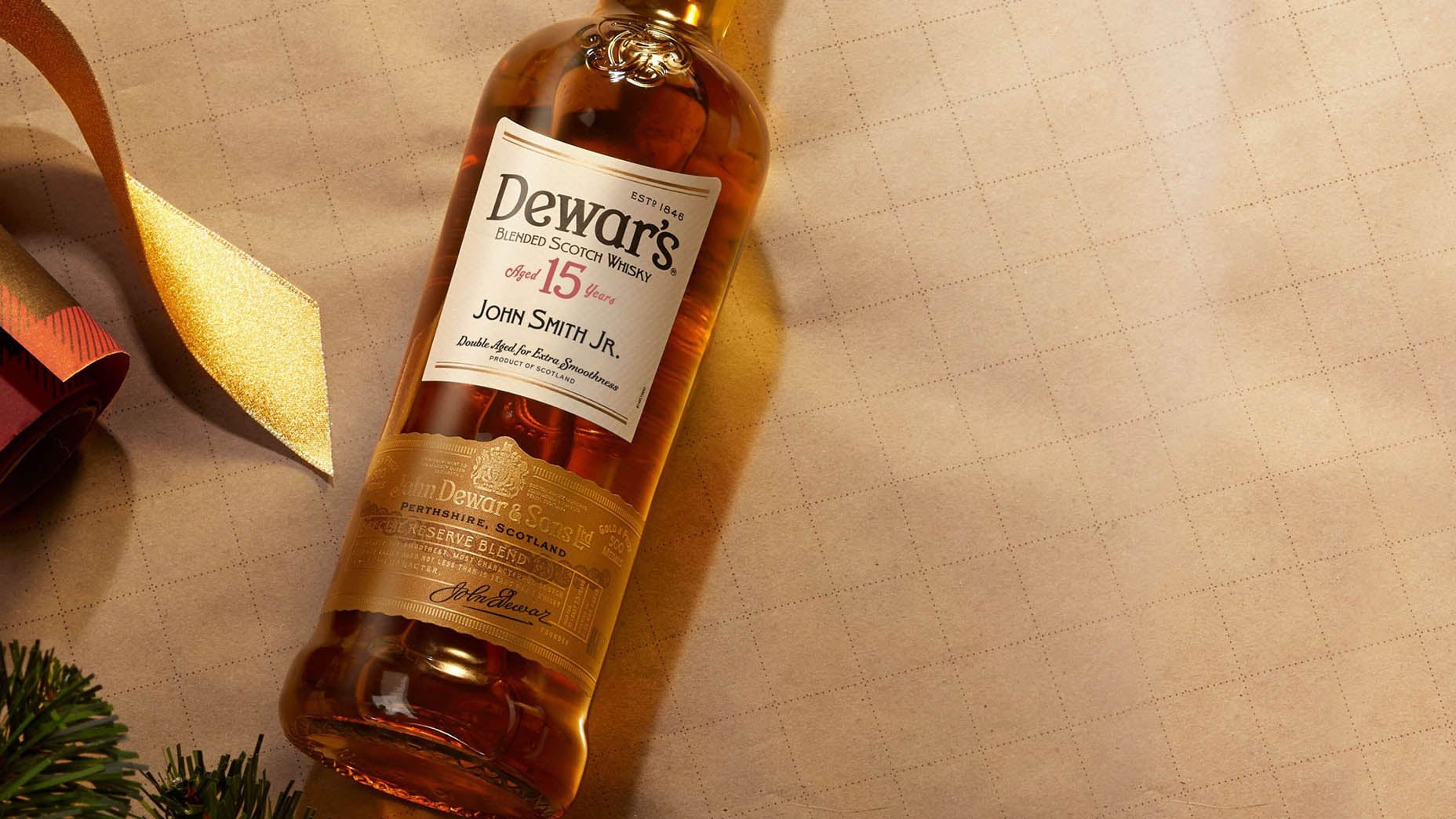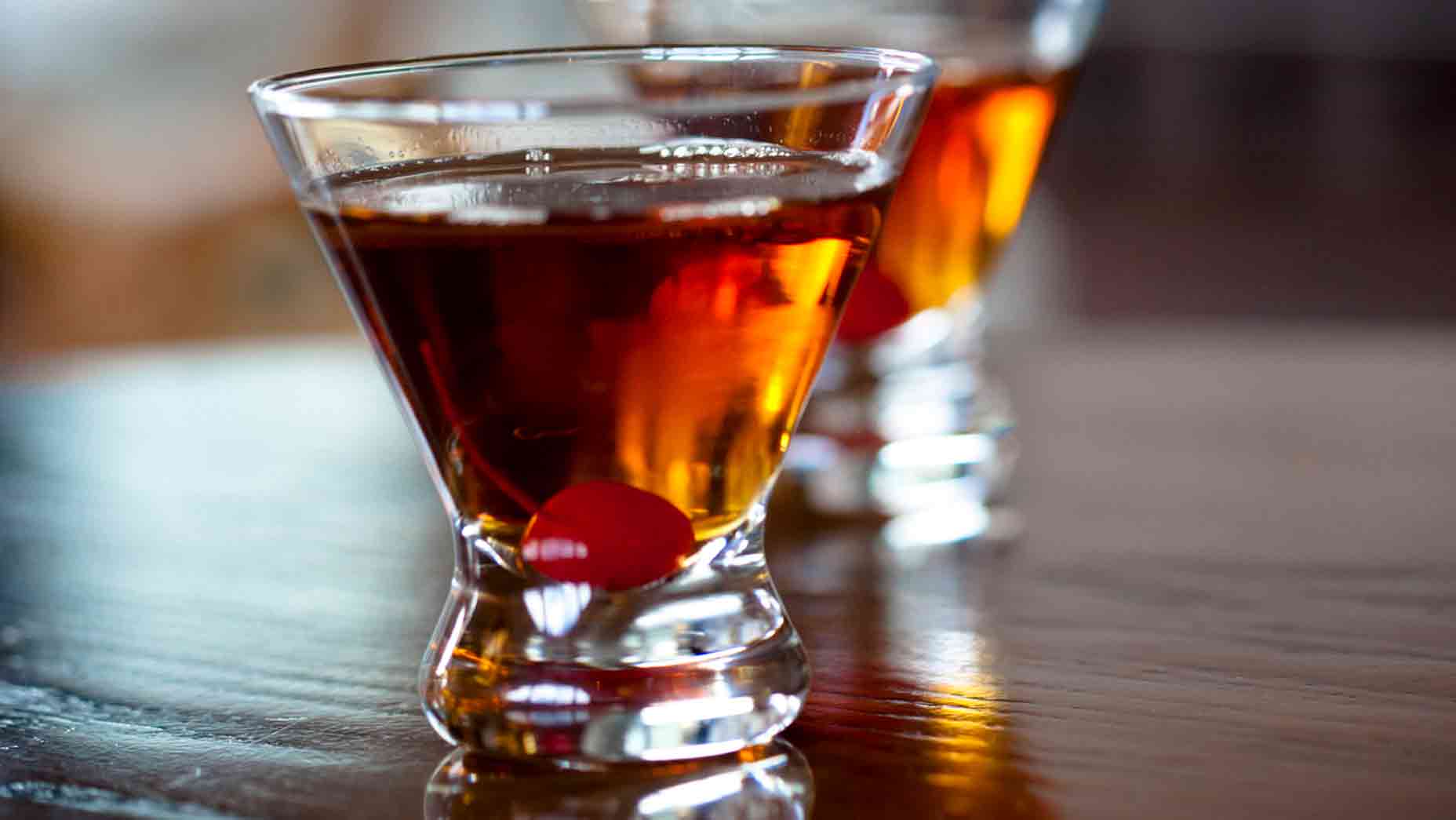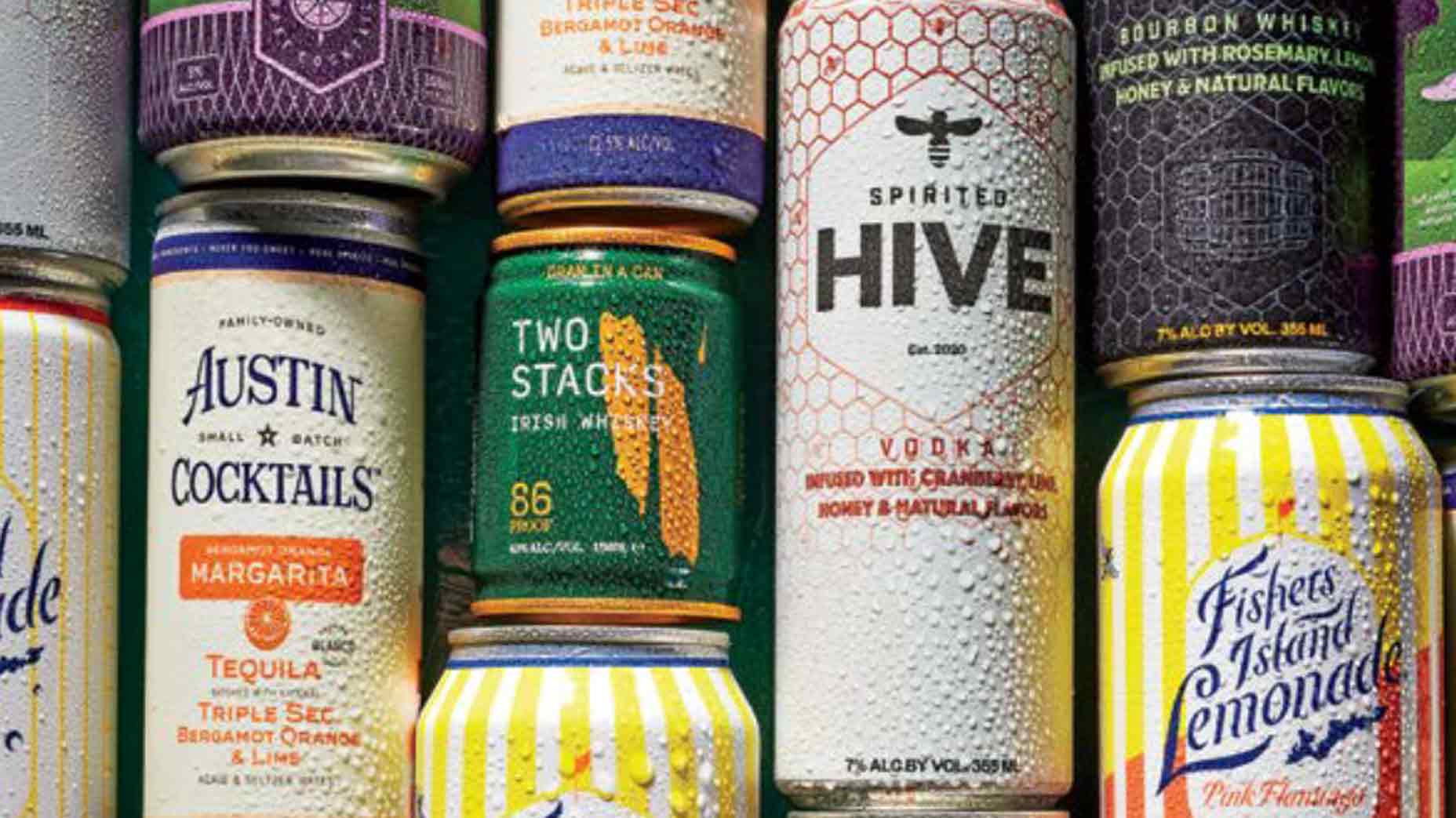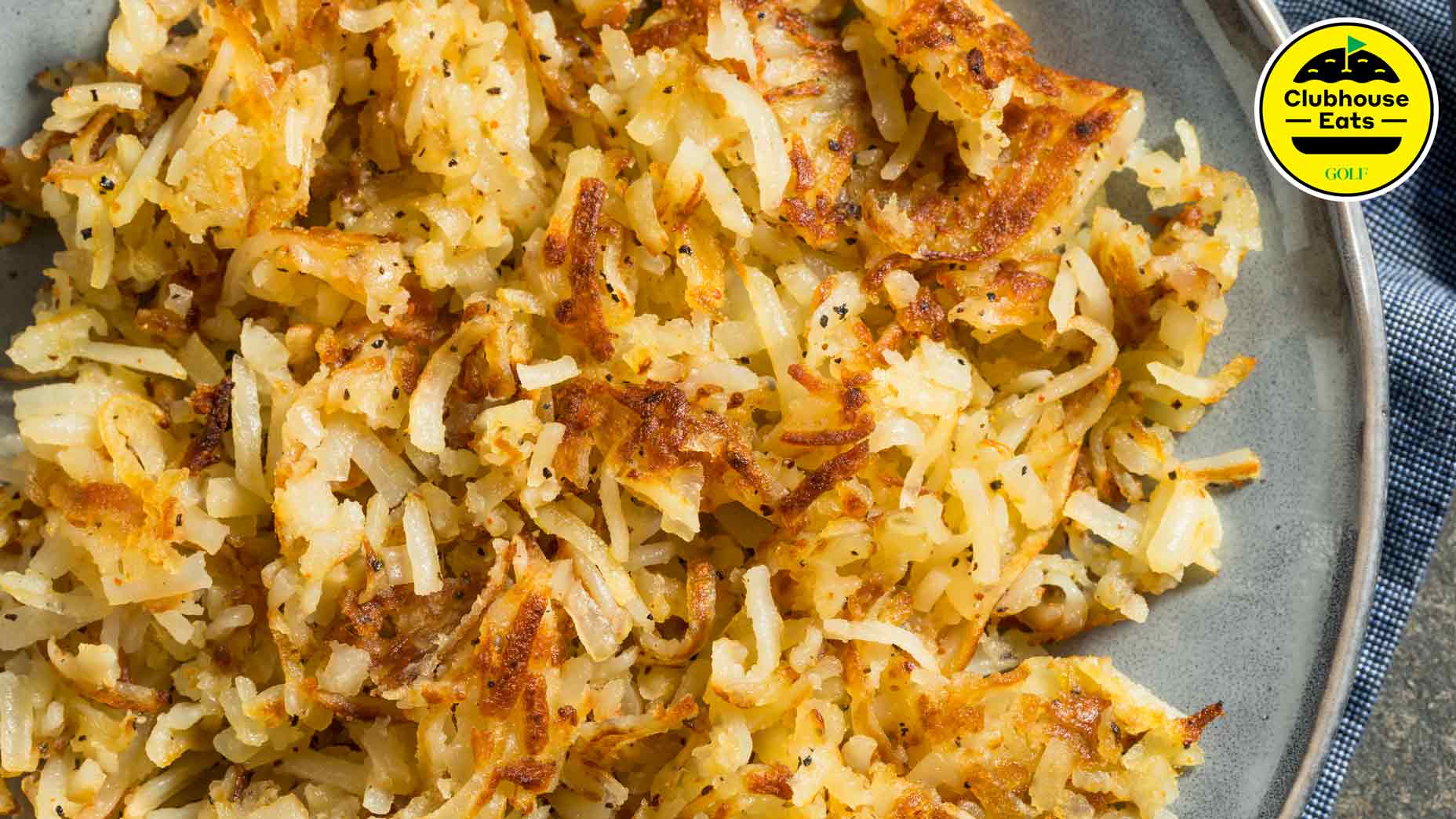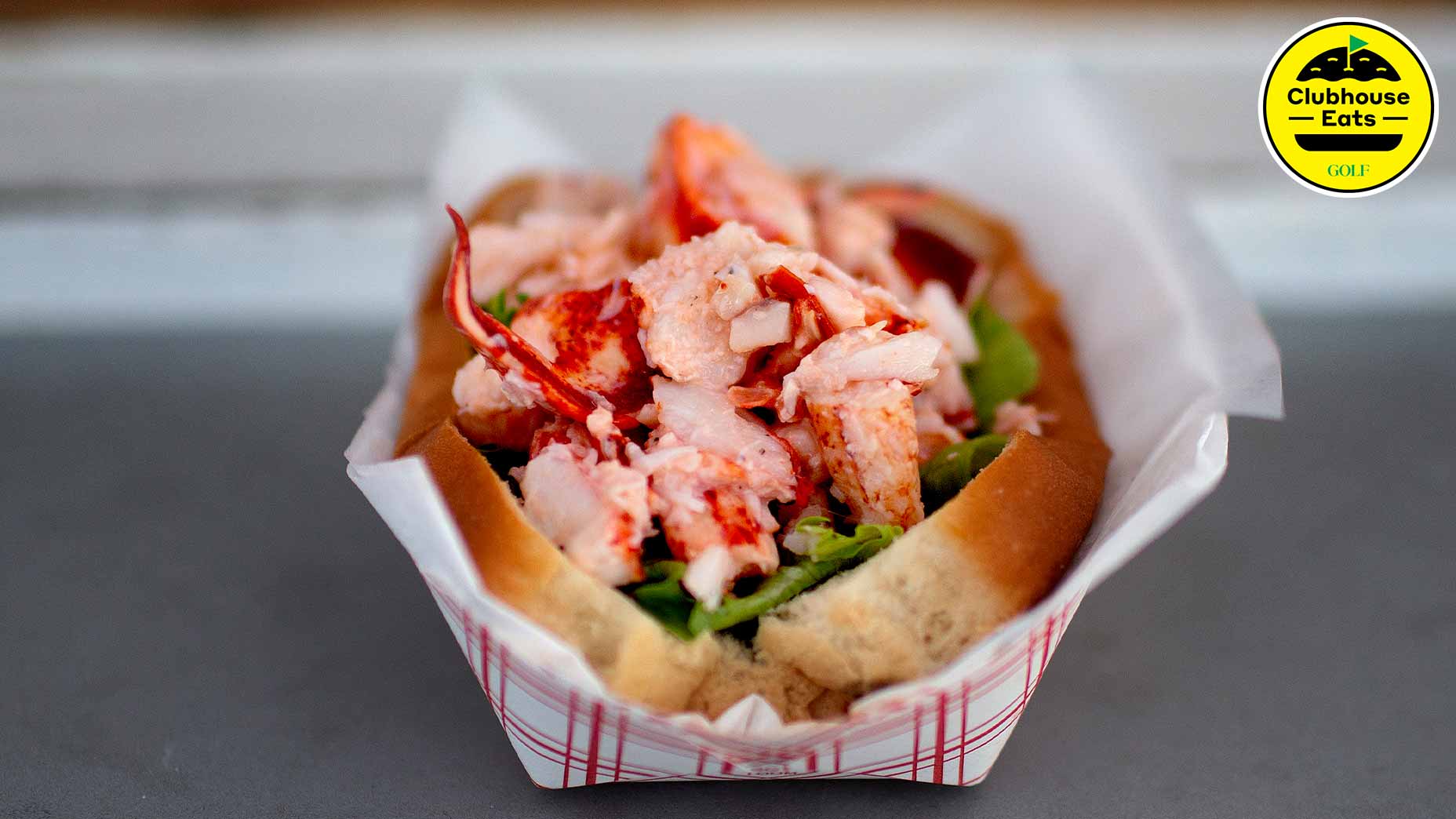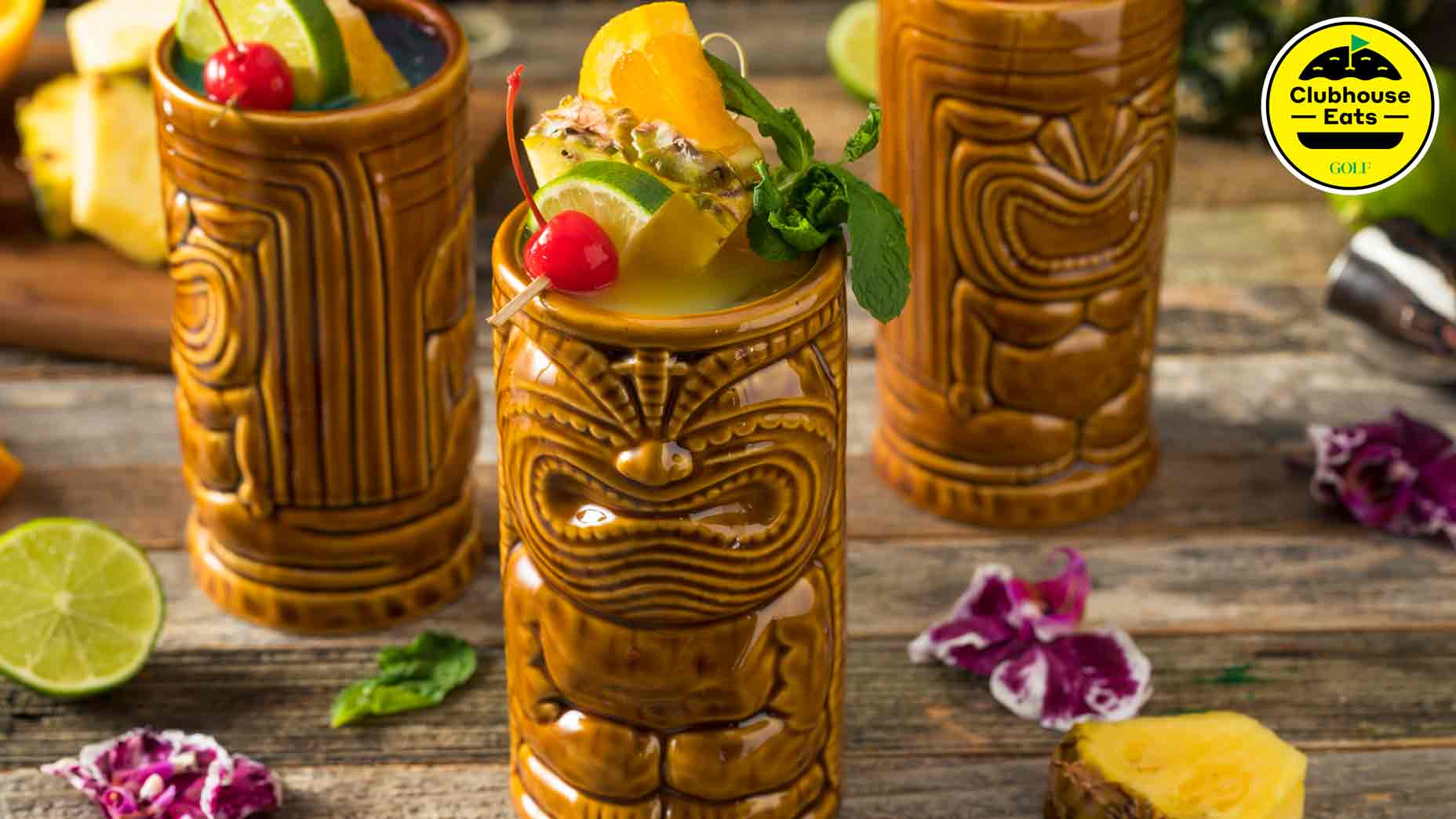Scotch whisky guide: These 6 regions of Scotland produce the world’s best single malts
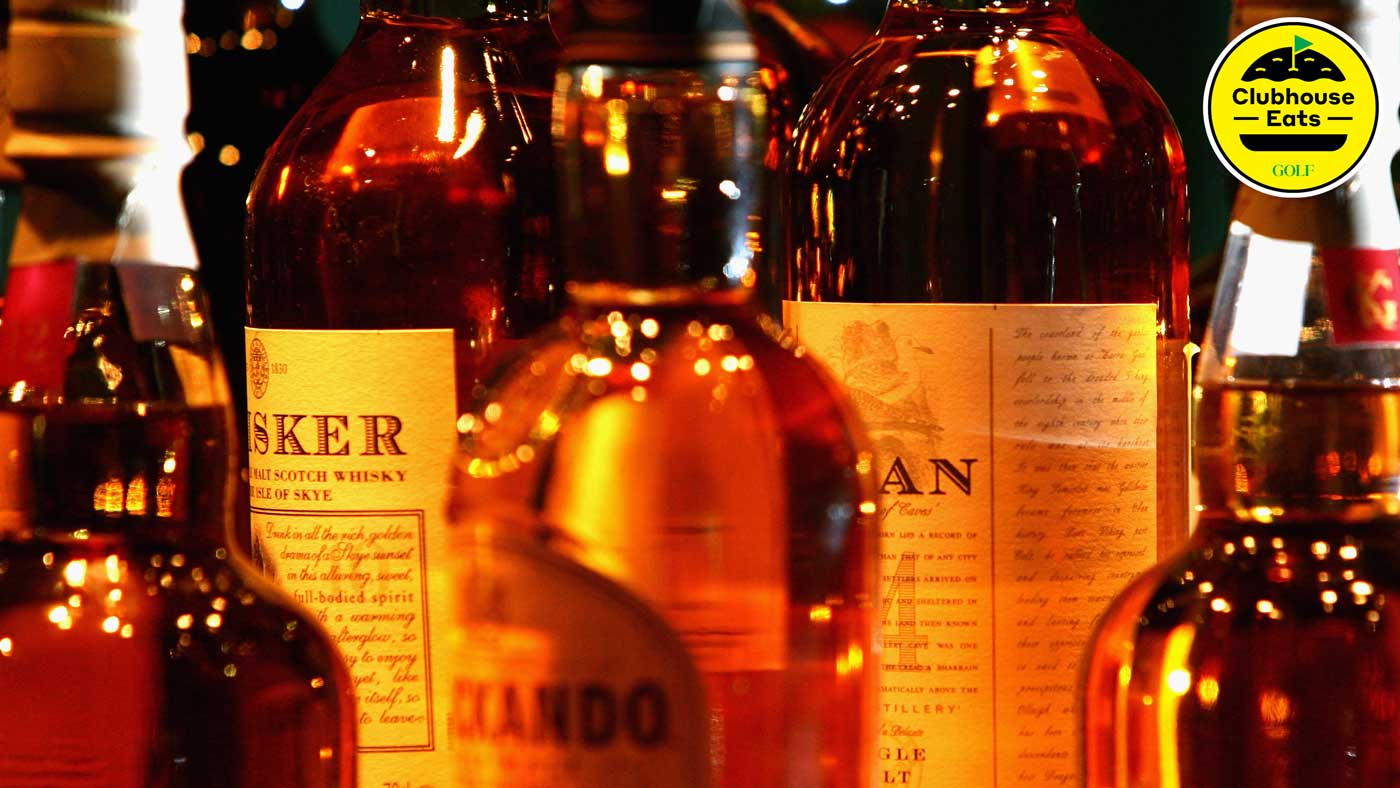
Pick your poison: In Scotland, there are no shortage of whiskies from which to choose.
Getty Images
Welcome to a special InsideGOLF edition of Clubhouse Eats, where we celebrate the game’s most delectable food and drink. Hope you brought your appetites!
***
The 150th Open Championship has come to a close, but your Scottish experience can live on. Cameron Smith celebrated his victory by filling the Claret Jug with as many beers as it could hold (surprisingly, just two!), but Scotland is best known for a different drink.
Which single-malt whisky shall we pour? Here’s a look at the country’s six whisky regions and the characteristics of the spirits they produce.
Speyside
Lighter and sweeter than most single malts, Speyside whisky is commonly aged in sherry casks. Because of this, it’s light in peat but full of fruit, vanilla, and spice. Over half of Scotland’s distilleries reside here due to the fertility and abundance of water (it’s just 15 miles wide!). Home to Macallan, Glenlivet, Balvenie, Glenfiddich, and Speyburn, nowhere in the world offers a better, more classic selection.
Highlands
The Highlands region neighbors Speyside, but the taste is foreign. This peated whisky has hints of sweet — namely flowers, fruit and honey — but can be much more dry and textured. You’ll find Loch Lomond, Glenmorangie (located just 10 miles south of Royal Dornoch), Oban, and Dalmore in the Highlands. Enjoy a versatile selection from the largest geographic region of distilleries.
Campbeltown
Once crowned the “whisky capital of the world,” Campbeltown produces at a smaller volume these days. However, three distilleries embody the roots of this smaller region. Spring Bank, Glen Scotia, and Long Grow are rich and robust with a touch of smokiness. Delicious traces of vanilla, salt, and fruit are also prevalent from the three remaining distilleries here.
Lowlands
The Lowlands region is famed for smooth, honeysuckle-tinged whiskies that land as softly on the palate as a lob wedge settling on the green. Not that anyone’s hitting a lob wedge here, as St. Andrews just hosted the 150th bump-and-run clinic. The combination of whisky (Auchentoshan, Bladnoch and Glenkinchie) and golf (St. Andrews, Muirfield, Turnberry) in the Lowlands is Scottish heaven.
Islay
The island of Islay (pronounced ‘‘eye-luh’) is the only island to have its own whisky region. Always windy and often cold, the Ileach locals (all 3,228 of them) stay warm with their signature briny, peaty and complex single malts. Despite being the smallest whisky region protected by the law, there are nine popular distilleries, including Laphroaig, Lagavulin, Kilchoman, Bowmore, Ardberg, Bunnahabhain, and Bruichladdich.
Islands
Despite many of the 900 islands being uninhabited or sparsely populated, there are enough residents around to produce whisky, of course! Production of whisky on these islands, excluding Islay, is not regulated. This doesn’t stop producers like Orkney, Skye, Mull, Jura and Arran from crafting a variety of whisky distinguished by being heavy in salinity and light in peat.

